At In The Swim, we offer both the steel wall and polymer pool walls. Both types of pool kits come with the same equipment package and accessories. Both steel or polymer pool kits walls have a limited life time warranty.
Advantages of Steel Pool Walls
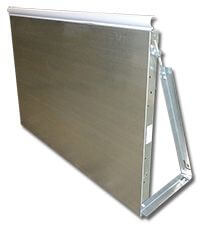
The first advantage is that steel wall pools are typically less expensive than polymer walls. Secondly is that you can backfill after installing the liner with steel walls, but with polymer the backfill should be done before the pool is filled.
Another advantage of the steel wall pools are that they are much stronger than the polymer pools. This is one reason that when a bridge or building is being built they use steel for the structural construction of the project. One important advantage of steel over polymer wall pools is that the steel pool has an adjustable turnbuckle brace which allows you to adjust the wall by moving it in or out, and makes it easy to make sure the wall is plumb.
Advantages of Polymer Pool Walls
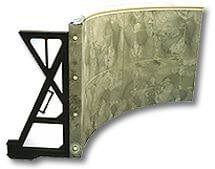
Polymer pool walls are made of a non-corrosive material that are strong and stable, and will never rust, corrode or dent. Polymer walls are a lighter weight than steel walls, which makes them easier to lift and handle so less chance of injuring yourself when lifting the polymer panels. The polymer panels come with a K Brace, which looks like a K when sideways. No turnbuckle adjustment, but includes a fat drive stake to keep the brace in place to reduce movement. One more advantage of a polymer wall is that you can use less overdig than with steel walls. This can be important in very tight installations with very little deck on one or more sides.
Disadvantages of Steel Pool Walls
There are also a few disadvantages of having a steel wall pool over the polymer, but to be honest, I can only think of a few. One negative with having a steel wall pool is that the panels are much heavier, so it is more difficult handle and maneuver when you are building the frame of the pool. The steel wall has the potential to rust or corrode, but most likely this will never occur because our panels have a G235 coating on each panel, which means we have 2.75 ounces of zinc per square foot on each panel to prevent from rusting.
Disadvantages of Polymer Pool Walls
The first disadvantage of polymer over steel wall pools is that the polymer pools are typically more expensive than our steel wall pools. Another disadvantage of the polymer pools could apply if you live in a very cold climate. With the polymer walls there is no room for expansion or contraction of the panels so they could potentially crack. A third is that when building a polymer pool you need to backfill at the same time you fill up the pool liner. The backfill is used to help equalize the pressure on the wall of the pool. When backfilling a polymer pool it is highly recommended to use a 3/4″ crushed gravel or something that compacts easily when backfilling the pool. The installation cost for the polymer pool is typically more expensive if you use gravel to backfill around the outside of the polymer walls.
Soil & Climate Conditions: Polymer or Steel
Steel wall pools are a better choice if you live in a colder climate such as New England, because they are more durable and unaffected by harsh winter weather. Another time the steel panels are a better choice is when you have a good compactible backfill material that is taken out of the hole during excavation such as sandy loam, or a good clean soil.
Polymer may be a better option if you live near sea level, close to the ocean, or if you have a lake or water way close to the pool. Another time the polymer pool is a better option is when you have clay as the material that is taken out hole during the excavation process. Clay is not usually used for backfilling because it does not compact very well. We would advise that clay be replaced with gravel or any good clean fill dirt with higher compaction.
Installation Differences: Polymer or Steel

When installing the steel wall pools, there is an adjustable turnbuckle that is used to move the panel in our out so it is easier to make any adjustments with the pool panel when checking to make sure the pool panels are plumb. The bracing system is different, so the procedure is different compared to the steel wall pool.
With steel you can backfill once the pool walls are complete or you can backfill after the liner is installed, this is the best option because you can check to make sure there are no leaks in the liner or in any of the plumbing lines.
When installing a polymer pool, you need to use a hole saw to cut in your pool returns, also known as inlets. Our steel wall panels have the return holes already cut in the panel. Lastly, one more difference with the polymer pool is the hardware that is used is a nylon bolt and washer, where the steel walls use steel hardware.
To sum it all up, my usual advice to our In The Swim Pool Kit customers, is to go with steel walled pool, unless the pool is in a marine environment, next to an ocean, lake or river, and you have very moist soils, primarily clay. Or, if the customer wants a very light weight installation or the smallest total excavation, in those cases a polymer walled pool may be a better choice.

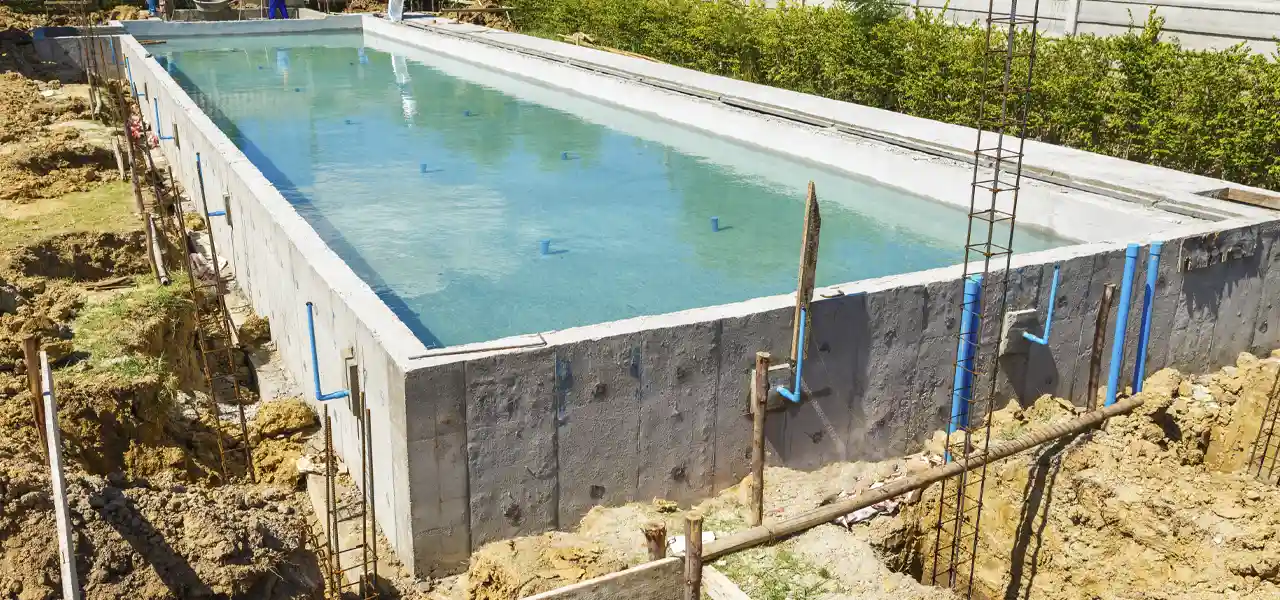

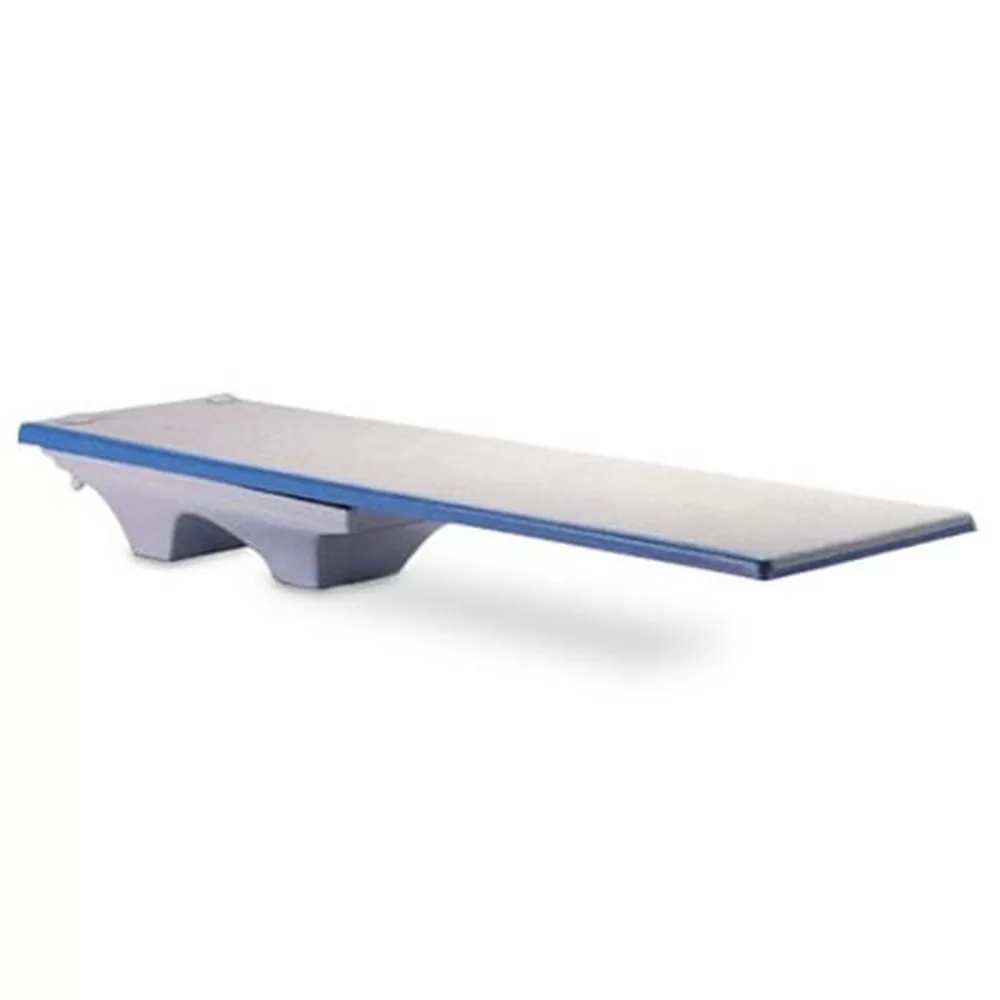
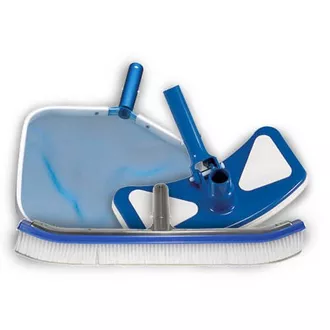
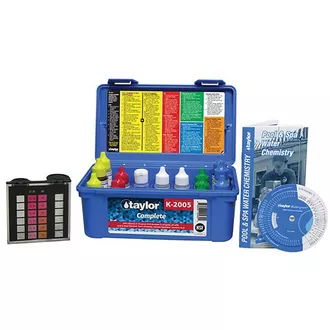




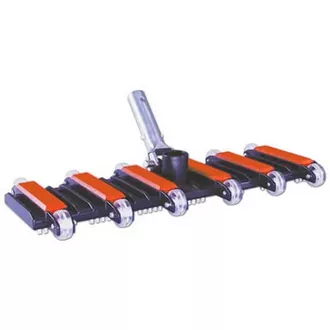
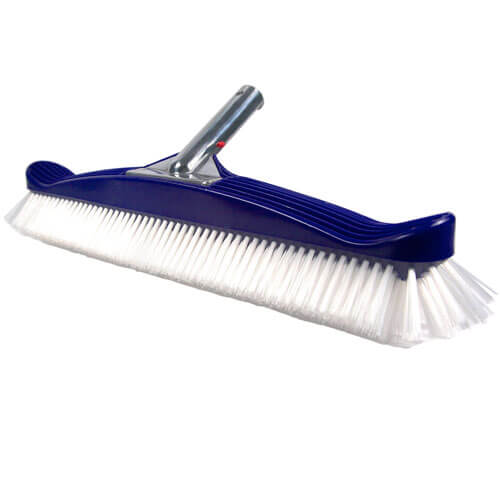
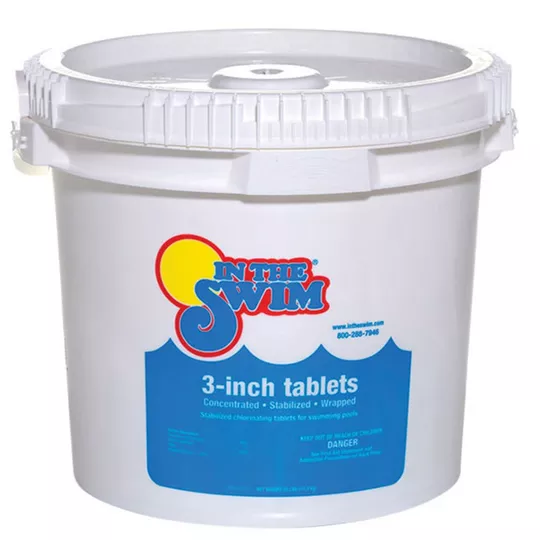
Can I purchase two four foot wall panels? I need to fill in where former 8 foot entry steps were.
Hi Curtis, call and speak to our inground pool kit specialists. They may be able to provide wall panels. 1-800-288-7946